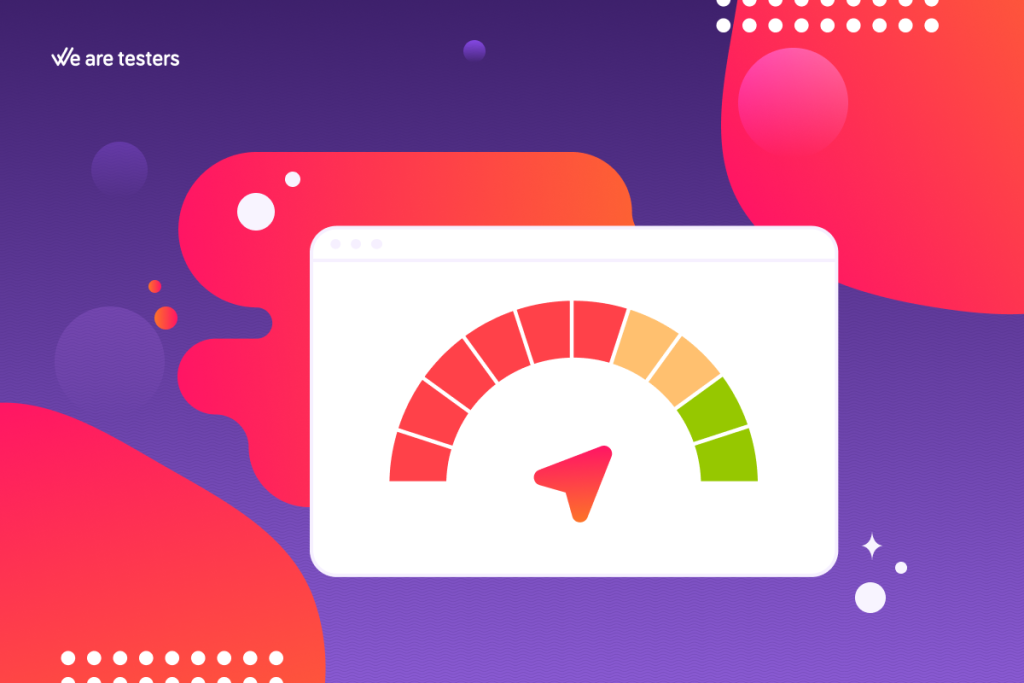
The Net Promoter Score (NPS) has become one of the most widely used metrics for measuring and improving customer experience. Having highly satisfied customers is a significant asset to drive the success of any brand. Thanks to NPS, brands from all sectors around the world can identify areas for improvement to keep customers satisfied, foster loyalty, and grow their business through recommendations.
In this article, we will explain what NPS is, how it’s calculated, its advantages and disadvantages, and provide examples of NPS questions to use in your questionnaires for measurement.
NPS Definition
The Net Promoter Score (NPS) is a metric developed by Fred Reichheld in 2003 to assess customer satisfaction and loyalty toward a brand, product, or service. The central idea behind NPS is that the likelihood of a customer recommending a brand to others is directly related to their level of satisfaction.
The measurement of NPS is based on a single question: «On a scale from 0 to 10, how likely are you to recommend our company/product/service to a friend or colleague?» Customers provide a rating on a scale from 0 (Not at all likely) to 10 (Extremely likely).
Based on their responses, customers are categorized into three groups:
- Promoters: Those who give a score of 9 or 10. These customers are highly satisfied with the experience and are highly likely to recommend the brand.
- Passives: Those who rate the experience with a 7 or 8. Passive customers are satisfied but not impressed enough to actively recommend the company.
- Detractors: They score the experience with values between 0 and 6. Detractors are dissatisfied with the experience and are likely to speak negatively about the brand.
How Is NPS Calculated?
The Net Promoter Score calculation is based on the difference between the proportion of promoters and detractors. The formula to calculate NPS is as follows:
NPS = ((Number of promoters – Number of detractors) / Total responses) x 100
NPS = 70 – 15 = 55
The NPS value ranges from -100 (all customers are detractors) to 100 (all customers are promoters). When calculating the value, it’s essential to compare it with an NPS benchmark to understand how positive or negative it is. For example, in the above example, the NPS is 55, which intuitively seems positive. However, it’s always important to compare it with other NPS measurements from the same brand and, if possible, from competitors.
Advantages and Disadvantages of NPS
The Net Promoter Score offers many advantages as a metric for measuring customer satisfaction:
- Simplicity: It’s easy to calculate and understand, making it easy for employees and executives to apply and adopt.
- Strength and Reference: Recommendation is considered a strong indicator of customer satisfaction and loyalty. NPS is used by many brands, making it a reference indicator in the field of customer experience.
- Competitive Comparability: It allows companies to compare their performance with others in the same industry, helping to better understand the meaning of the data.
- Detractor Segmentation: Once the group of detractors is identified, brands can analyze what distinguishes this segment, establish hypotheses about the causes of their dissatisfaction, and implement corrective measures.
- Facilitates Action: The clarity of NPS makes it easy to align the organization and make improvement decisions.
NPS also receives criticism:
- Excessive Simplicity: By reducing customer satisfaction to a single question, NPS may not capture all nuances and factors influencing the customer experience.
- Focus on Declaration, Not Behavior: NPS measures the intention to recommend, but despite its correlation, it doesn’t imply in 100% of cases that this intention translates into loyalty. There may be many reasons to leave a brand despite being satisfied with it.
- Lack of Information on Motivations: NPS, in isolation, doesn’t provide details on the reasons for the score. Therefore, it generally needs to be complemented in surveys with other questions to gather them.
- Possible Biases: Some customer segments may be more positive or negative in their responses. This is not different from any market study based on individual evaluations, but it should be taken into account.
Alternative and Complementary Satisfaction Metrics to NPS
NPS is frequently used, but it’s not the only way to measure customer satisfaction. There are other metrics that can complement NPS to provide a more comprehensive view:
- Customer Satisfaction Score (CSAT): This metric measures customer satisfaction with a specific experience or interaction, usually through a satisfaction rating question like «How satisfied are you with your experience?» Responses are provided on a scale from «Very unsatisfied» to «Very satisfied.»
- Customer Effort Score (CES): CES evaluates the effort a customer has to put in to complete a task or solve a problem. A question like «How easy was it for you to resolve your issue?» is used. The lower the perceived effort, the higher the satisfaction.
- Churn Rate: This metric indicates the proportion of customers who leave or cancel their relationship with the company over a specified period. A high churn rate can indicate dissatisfaction or service issues.
- Customer Lifetime Value (CLV): CLV measures the economic value a customer brings to a company over their entire customer relationship. A high CLV indicates satisfied and loyal customers.
- Retention Rate: This metric measures the proportion of customers who remain loyal to the company over a specific period. A high retention rate is related to customer satisfaction and loyalty.
Each of these metrics provides valuable information about customer satisfaction and behavior and can be used together to obtain a more complete picture.
Examples of NPS Questions
The success of NPS lies in the formulation of a simple question. Its wording may vary slightly, but it should always retain the basic idea. Here are some examples of NPS question wording for you to choose from or use as inspiration to create your question:
- «On a scale from 0 to 10, how likely are you to recommend our company to a friend or coworker?»
- «On a scale of 0 to 10, how likely are you to recommend our company/product/service to a friend or coworker?
- «What is the likelihood that you would recommend us to others on a scale from 0 to 10?»
How to Create a Survey to Measure NPS?
Creating an effective survey to measure NPS is easy if you follow some important recommendations:
- Phrase your question as clearly as possible: It should be simple, direct, and easy to understand. Avoid using complicated words or professional jargon.
- Provide a scale from 0 to 10, as it’s part of the metric’s definition and allows for direct comparisons with other studies.
- Include a question to gather motivations: It can be a closed question if you have clear possible causes or an open one. This will help you understand the reasons for the rating.
- Choose the right timing: Ideally, it should be as close as possible to the experience. This way, it will be fresh in the respondents’ minds.
- Use a suitable tool: Using an research platform like We Are Testers makes data collection and analysis efficient. You can use it with both your target audience and your own customer database for a satisfaction study.
Ready to Get Started?
Now you know everything there is to know about the Net Promoter Score. Satisfaction studies that include NPS are among the most frequent ones we conduct at We Are Testers. Would you like us to help you with your NPS surveys? Our customer support team will be delighted to work with you on the design of your research and questionnaire. Remember that we can conduct satisfaction studies with individuals from our consumer panel or your own customer database. Get in contact with us and start measuring and increasing customer loyalty.
Update date 15 April, 2024


